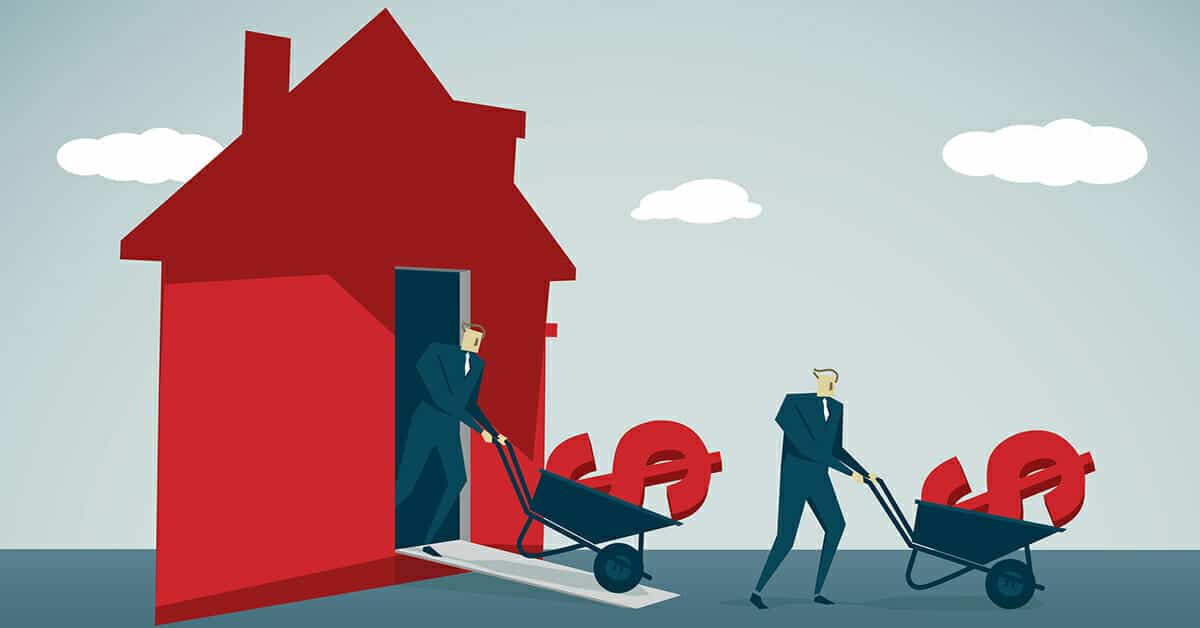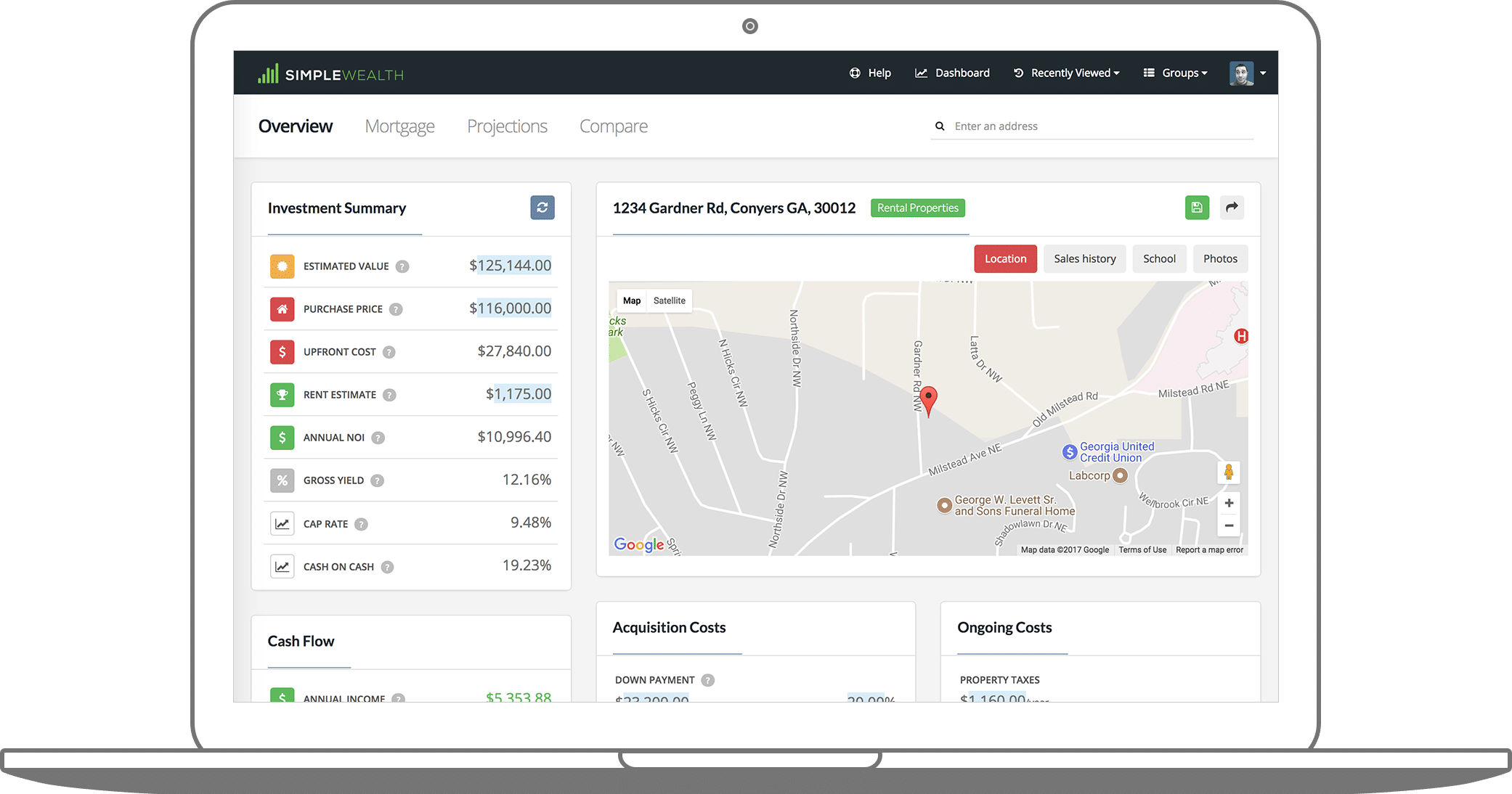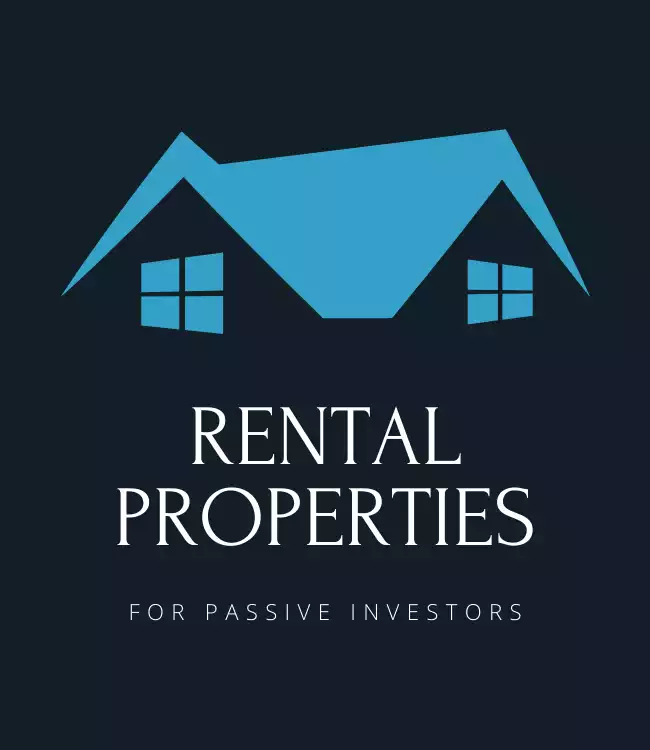Investing in rental properties can be an incredibly lucrative endeavor. However, while the prospect of earning a profit by renting out property is exciting, the reality of real estate is a lot more complex than one may think.
If your math sucks, then so does your investment. Simple as that. While not super sexy, understanding how to properly assess
If you don’t crunch the numbers and factor in every aspect of the costs and potential gains, you may be setting yourself up for a rude awakening and a potential loss of your money.
For these reasons, it’s essential that you understand the ins and outs of the capitalization rate—or cap rate—of a given property to help you accurately determine its profitability.
Let’s dig a little deeper into cap rates and what they mean for real estate investors like ourselves.
What is a cap rate?
A cap rate is a calculation used to determine the profitability of a real estate investment. In essence, the cap rate is the net operating income (NOI) of a property in relation to the property’s asset value.
Real estate investors and other players in the real estate sector use the cap rate calculation to estimate the return on investment.
To calculate the cap rate of a property, you simply divide the NOI by the value of the property.

This calculation will give you a percentage that indicates the annual return on your investment. Although the basic structure of the calculation is straightforward, there are a lot of factors that may affect the cap rate of a property.
If you’re not into long-ass math problems (we’re not), there are tools out there like Investable to help you evaluate rental properties so you can build a profitable real estate business.
Use our tool to find out if you're getting a good deal. Know beforehand what your costs look like and whether your investment will generate cash flow. Just enter an address and it does the math for you. Don't guess the value of your investment, calculate it.
Why cap rates are important to real estate investors
Cap rates are an important metric for investment decisions because they offer an accurate estimation of the profitability of a property. It gives investors the opportunity to understand their potential return on investment, possible annual income stream and to compare potential investments before deploying their capital.
Here are some of the reasons cap rates are critical for savvy real estate investors:
1. A more accurate understanding of operating costs
When it comes to operating a
Not only does this allow you to make the best decision about where to invest your money, but it also helps bring out-of-whack expenditures to your attention.
Decreasing your net operating income not only improves your cash flow and gives you a higher cap rate but gives real estate investors the buffer they need to account for unexpected vacancies and capital expenditures down the road.
You may realize, for example, that the property has excessive energy costs because of an inefficient heating and cooling system. Examining your NOI early on enables you to identify changes you can make to increase profitability.
2. Helps in choosing between investment options
As an investor, there are many cases in which you may have several viable investment options available to you. At first glance, it may be overwhelming when trying to pick between property types.
Do you buy a single-family home?
A multi-family?
Apartment building?
A new condo investment?
Commercial real estate?
Deploy capital to an online turnkey platform like Roofstock? (A really good option for those just starting out)
A turnkey rental property marketplace. Every property has a tenant, is certified, and comes with a 30-day money-back guarantee. They also screen and negotiate with property managers so you get a high-quality team for a good price.
Understanding the cap rates of all of these potential investment vehicles will enable you to make the best investment choice.
The cap rate can be a great indicator of which properties will yield the greatest return for your investment. It may come as a surprise just how much difference there is between two similarly priced properties when it comes to the annual rate of return.
Our proven, data-driven approach to building a portfolio of income-producing rental properties that perform in the long-term.
How to calculate cap rate
The basic formula for calculating a cap rate is to divide the NOI by the property value. However, the actual calculation can be a bit more complicated. For the most accurate estimation of a property’s cap rate, it’s important that you use a comprehensive calculation.
The more detailed you are when you calculate your cap rate, the easier it will be for you to have a comprehensive understanding of both a property’s value and its operating expenses.
Below are the key steps to take when calculating the cap rate for any particular
First, you have to calculate your net operating income (NOI).
To do this, add up all your expenses excluding your principal mortgage payment, and interest payments.
So, property management, taxes, HELOCs, utilities, homeowners fees, and insurance are all examples of expenses that should be included in your NOI calculation. Add all these up.
Get cash using your equity. Figure provides a speedy online application process with same-day approval and funding in as little as 5 days. Choose between a HELOC, cash-out-refi, or mortgage refinance.
Now, subtract this from your gross net income (rent). This will give you your NOI.
The last step of calculating your cap rate is to divide your NOI from the purchase price of the property. Simple as that.
Let’s take a look at a couple of examples of cap rate calculations.
Cap rate for rental property examples
What does a cap rate calculation look like in real life? Let’s walk through an example to help give you an idea of how you can successfully make this calculation for your
Imagine a
- Insurance: $40
- Utilities: $60
- Property taxes: $100
- HOA fees: $50
- Property management: $100
Your total operating costs, in this case, are $350. If you subtract your monthly rent, this gives you a monthly NOI of $650. Multiply this by 12, and you have your yearly NOI of $7,800.
Still with me?
Complete cap rate calculation: By dividing the yearly NOI of $7,800 by the value of the property ($100,000), we get a cap rate of 7.8 percent.
When you take into account that most investors consider a cap rate of 10 percent or more to be positive, a rate of 7.8 percent gives an investor an idea about their return on the investment.
Vacancy consideration: You can also account for a vacancy in your cap rate calculation as well. In order to account for a moderate vacancy buffer, you can account for a 10 percent vacancy rate. This will take the monthly rental income of the property from $1,000 per month to $900. We now have an annual NOI of $6,600 instead of $7,800.
When to use a cap rate
Although a cap rate will not always tell you everything you need to know about a piece of real estate before investing, it is a good indicator of the return you can expect on an investment.
Also, cap rates are highly location-dependent. A good cap rate in downtown Miami or the Poconos will not be the same as a good cap rate in rural Ohio.
One of the best applications of the cap rate is using it in relation to other local potential investments. Running the numbers on several different potential acquisitions can give you an idea of how they stack up and which one is going to be most beneficial for you.

You will be able to quickly and efficiently compare properties based on a clear-cut percentage rather than agonizing over fluctuating purchase prices, current market value and market rents.
It may be useful to use a cap rate to identify patterns and trends. Gather data on property cap rates in a given area over the last several years and create a market profile that demonstrates the changes in real estate profitability over that time.
As a real estate investor, you must become an expert in your local market, and know current and historical cap rates is critical to this success.
Looking at these trends allows you to determine where the market is likely to go next. If there has been a steady upward trend in cap rates in recent years, you can expect that they will likely continue to climb and provide you with a greater return on your investment over time.
When not to use a cap rate
There are many instances when it is useful to employ the cap rate when analyzing an investment property, but there are plenty of other occasions when it’s not.
For one, it’s essential that you think of the cap rate as one tool among many. Never use a cap rate as the sole determining factor when choosing real estate investments.
It is also important to consider that a cap rate is effective for determining the return on a property you will be renting out, but it cannot be used effectively for other kinds of investments.
For instance, cap rate is not an effective metric for calculating the return on properties you plan on flipping or short-term investments that will be sold relatively soon after purchase.
Because the profitability of real estate investments is rarely black and white, it’s a good idea to consider other metrics for calculating investment returns—such as cash-on-cash return.
What is a good cap rate?
It can be difficult to pinpoint exactly what a good cap rate means or looks like. The answer to this question depends largely on the market that you’re in as well as the specific goals you have as an investor.
As a general rule, a cap rate of 10 percent or more is favorable.
However, many investors benefit from properties with cap rates that are closer to 7 or 8 percent. It simply depends on your market.
A savvy investor must take into account the current cap rate of a property, in addition to its projected long-term performance.
For example, investing in a large real estate market with a persistent and growing rental demand is less risky than investing in a smaller market with stagnant growth.
For this reason, an investor may be willing to accept a cap rate of 7 percent or lower in a place like Los Angeles. That rate may not make sense in a smaller market like Dayton, Ohio.
When it comes to cap rates, and anyone metric used to determine the profitability of an investment property for that matter, you should never use them as the sole determining factor in your decision making.
There is no single metric that will give you all the information you need to make the best choices possible about your real estate investments. Bearing this in mind, you should use all of the tools at your disposal to build a profitable real estate investment portfolio. Cap rates are one of these tools, use it as such.






